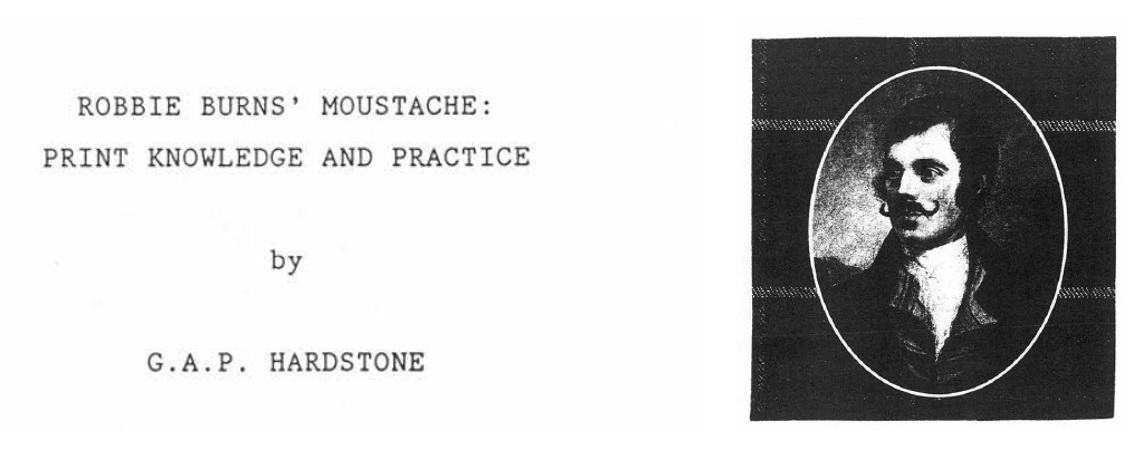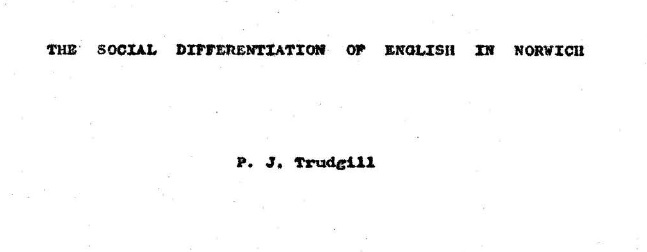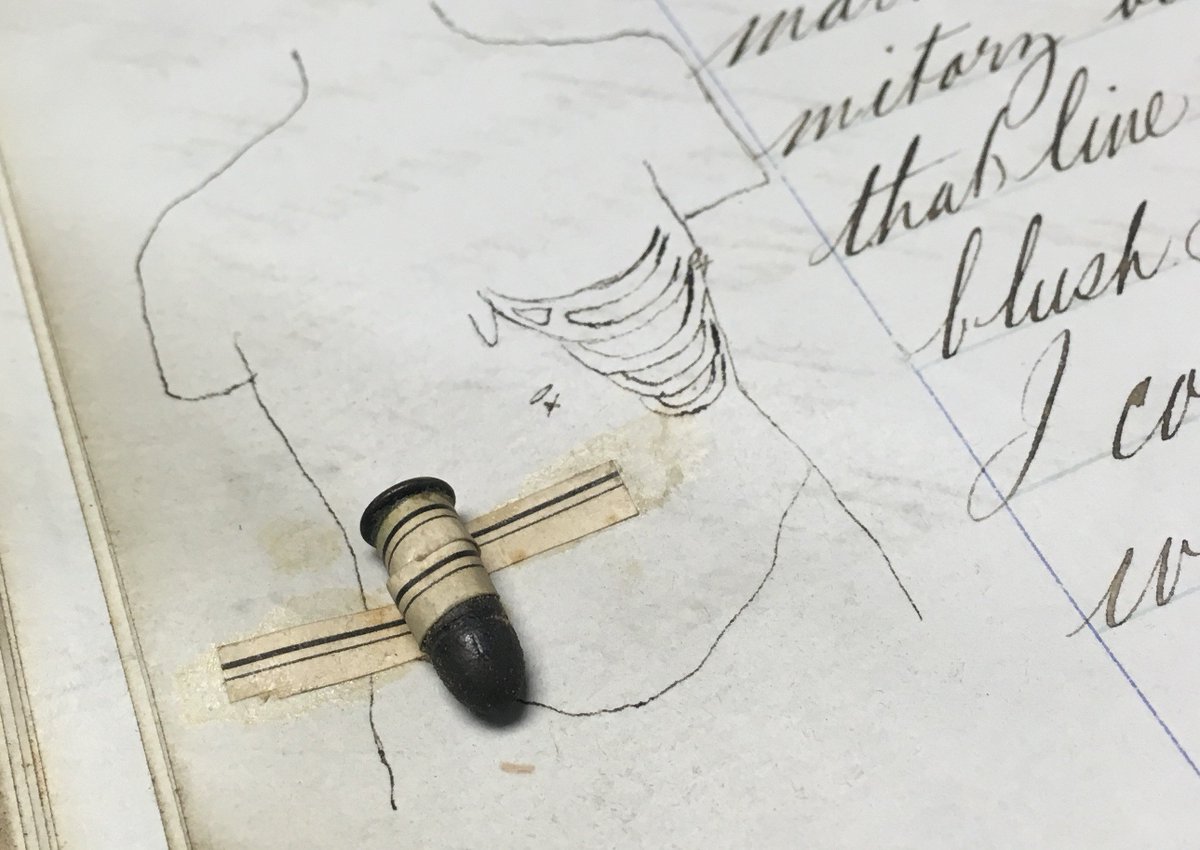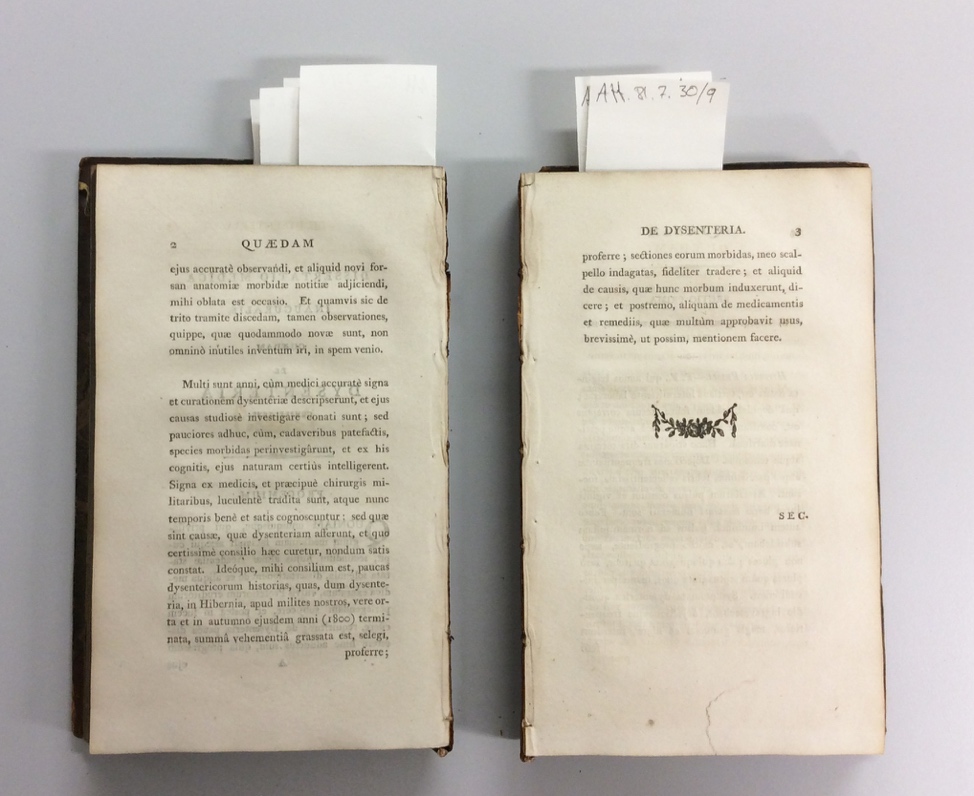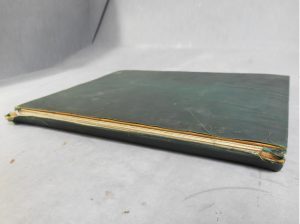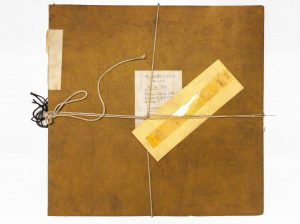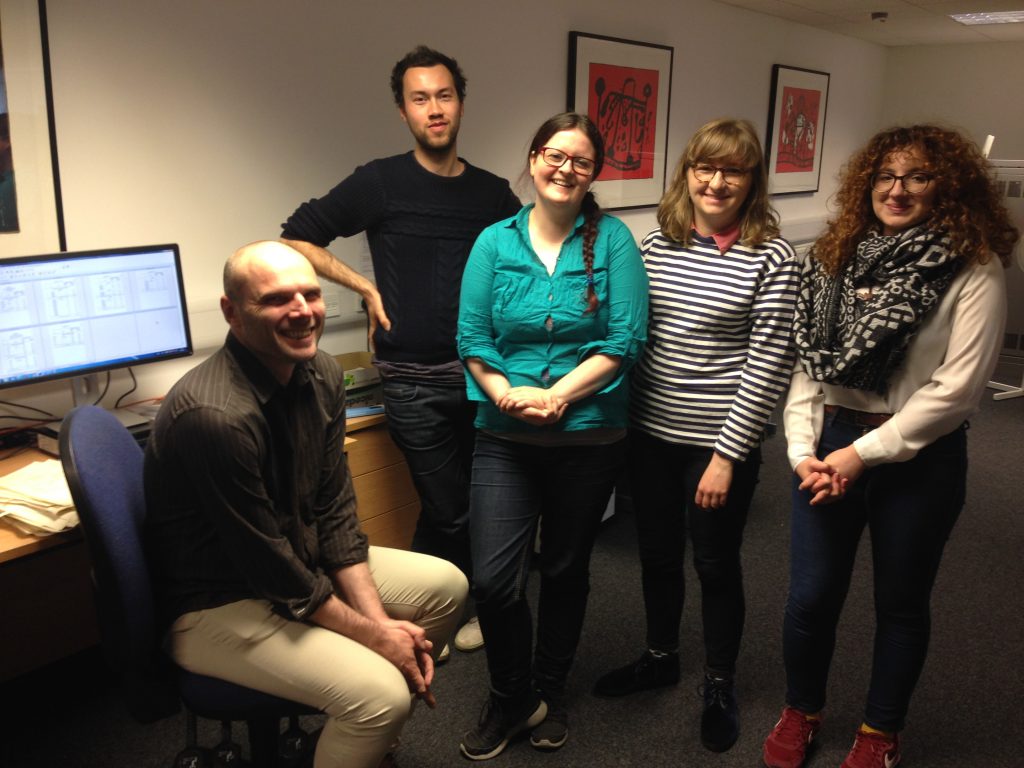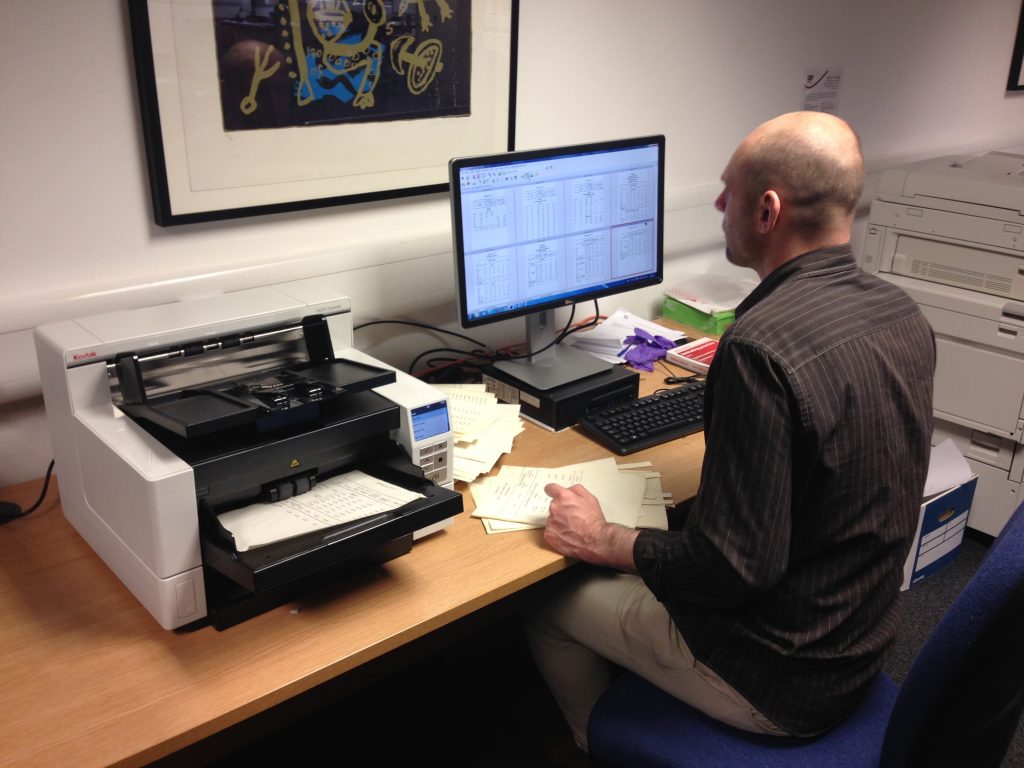Most know the name of Alexander McCall Smith in connection with his award-winning children’s literature, but he is also a giant in the legal field, both in the UK and in southern Africa where he was born. He was co-founder of the law school at the University of Botswana, and today he holds the title of Emeritus Professor of Medical Law at the University of Edinburgh. But bearing in mind that he is also the author of novels which have been read by millions, it’s easy to see the twinkle of a novelist behind his engaging style of legalese, and vice versa:
“Hugh spoke triumphantly. ‘Then your position is even stronger! … It’s a promise extracted under duress. He’s ground you down — taken advantage of you; pushed you into making the offer.’”
This passage from A Conspiracy of Friends (2011, first serialized in The Scotsman) was written nearly 30 years after McCall Smith submitted his PhD thesis, The Defence of Duress, to the faculty of law at the University of Edinburgh, which marked the beginning of an influential legal career. This thesis, which came under our scanners in April, provides a unique glimpse at the background of a writer who enjoyed success in two very different careers.
His PhD thesis attempts to give some scope to the depth of complexities beneath simple questions: “How is coercion to be distinguished from influence or persuasion? Is coercion inevitably a moral concept? Is an agent who performs an act under coercion always to be relieved of responsibility for his action?” McCall Smith takes nothing for granted as he picks apart the fibres of legal principles so old and venerable they were no longer questioned.
 He begins the argument by harkening back to Aristotle’s explorations on the subject.
He begins the argument by harkening back to Aristotle’s explorations on the subject.

McCall Smith approves of the ‘lenient’ attitude of modern law toward crimes committed under duress, while supporting the view that “the moral gravity of the act performed under compulsion is relevant in assessing responsibility for compelled action, as is the degree of compelling force used.”
Philosophical abstractions are accompanied by illustrative examples, such as:

In the end, he finds, there are two logical approaches toward the question of culpability in these scenarios, and each in some measure absolves the victim-cum-perpetrator:

McCall Smith’s fictional works have been praised for depicting complex truths within the simple actions required to live, and it’s easy to see how a legal background could add colour to this way of seeing the world. His books, mainly written for young adults, far from being sugar-coated or dumbed down, are complex discussions of ethical problems. Similarly we see in his legal ruminations an articulate relevance to everyday moral dilemmas. Reading this thesis, which he wrote at the age of 31, we can see a storyteller beneath the barrister’s wig — in fact he published his first book, The White Hippo, less than a year after receiving his diploma from Edinburgh.
In an interview in 2004, McCall Smith stated:
“In my books I’m increasingly going to look at that question: how people resolve ordinary dilemmas and moral issues in their day-to-day life.” (Interview in The New York Times, 6 October 2004)
I enjoyed reading this thesis, but I’ve also taken the opportunity to re-acquaint myself with the powerful and charming novels which came after it.
McCall Smith’s PhD thesis, The Defence of Duress, was digitized in April by the Centre for Research Collection’s ongoing digitization project and can be downloaded from the Edinburgh Research Archive: https://www.era.lib.ed.ac.uk/handle/1842/30464
Gavin Willow, Project Digitisation Assistant, PhD Digitisation Project

